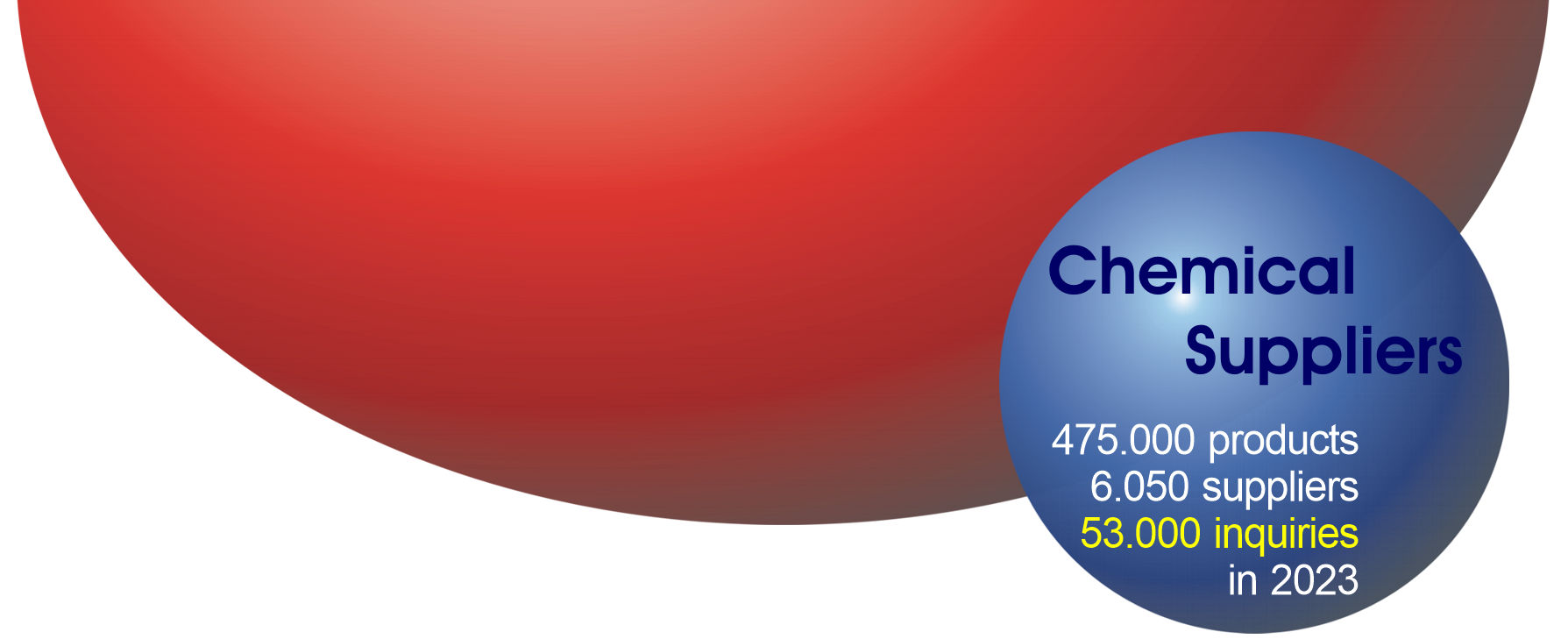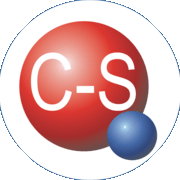x
Safety & Transport Information
Suspected carcinogen. Poison by intravenous and intratracheal routes. Moderately toxic to animals by ingestion. A severe skin irritant. Mutation data reported. Human systemic effects by ingestion and intravenous routes: somnolence, hallucinations and distorted perceptions, coughing, nausea or vomiting, and fever. Aspiration of vomitus can cause serious pneumonitis, particularly in young children. Combustible when exposed to heat or flame; can react with oxidizing materials. Moderately explosive in the form of vapor when exposed to heat or flame. When heated to decomposition it emits acrid smoke and fumes. To fight fire, use foam, CO2, dry chemical.Analytical Methods: For occupational chemical analysis use NIOSH: Naphthas, 1550.
Risk Codes:
R11 - Highly flammable
R38 - Irritating to skin
R40 - Limited evidence of a carcinogenic effect
R48/20 - Harmful: danger of serious damage to health by prolonged exposure through inhalation
R51/53 - Toxic to aquatic organisms, may cause long-term adverse effects in the aquatic environment
R62 - Possible risk of impaired fertility
R65 - Harmful: may cause lung damage if swallowed
R67 - Vapours may cause drowsiness and dizziness
Safety Codes:
S16 - Keep away from sources of ignition - No smoking
S23 - Do not breathe gas/fumes/vapour/spray (appropriate wording to be specified by the manufacturer)
S24 - Avoid contact with skin
S36/37 - Wear suitable protective clothing and gloves
S61 - Avoid release to the environment. Refer to special instructions/safety data sheet
S62 - If swallowed, do not induce vomiting: seek medical advice immediately and show this container or label where possible
Hazard Symbols:
Moderate fire risk, explosive limits in air 0.7–5.0%. Toxic by inhalation.
Storage temperature :
2-8°C
RID/ADR certification :
1223




 Chemical-Suppliers.eu
Chemical-Suppliers.eu